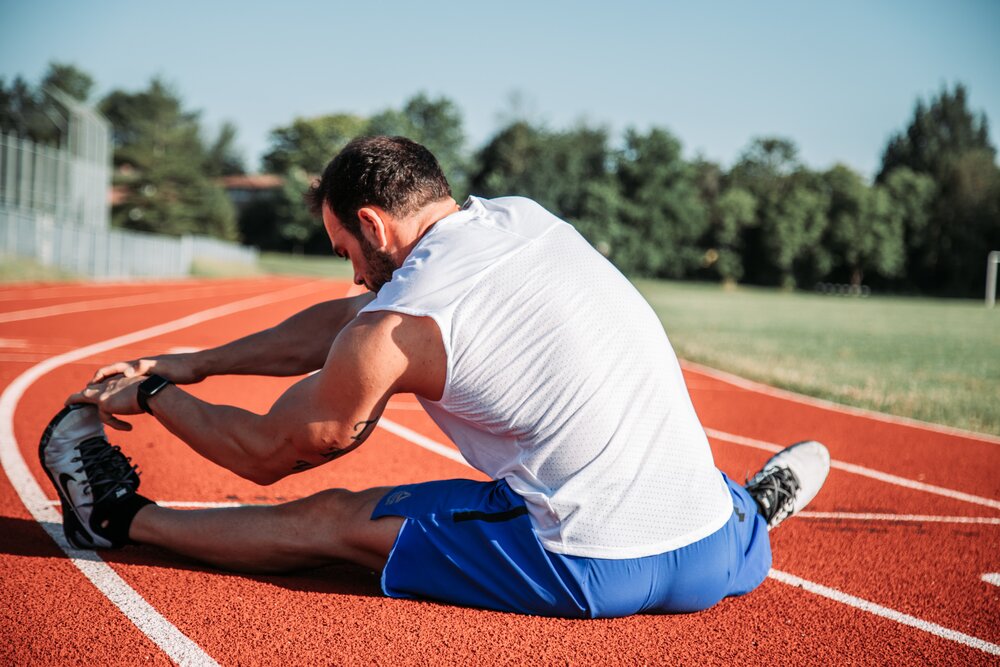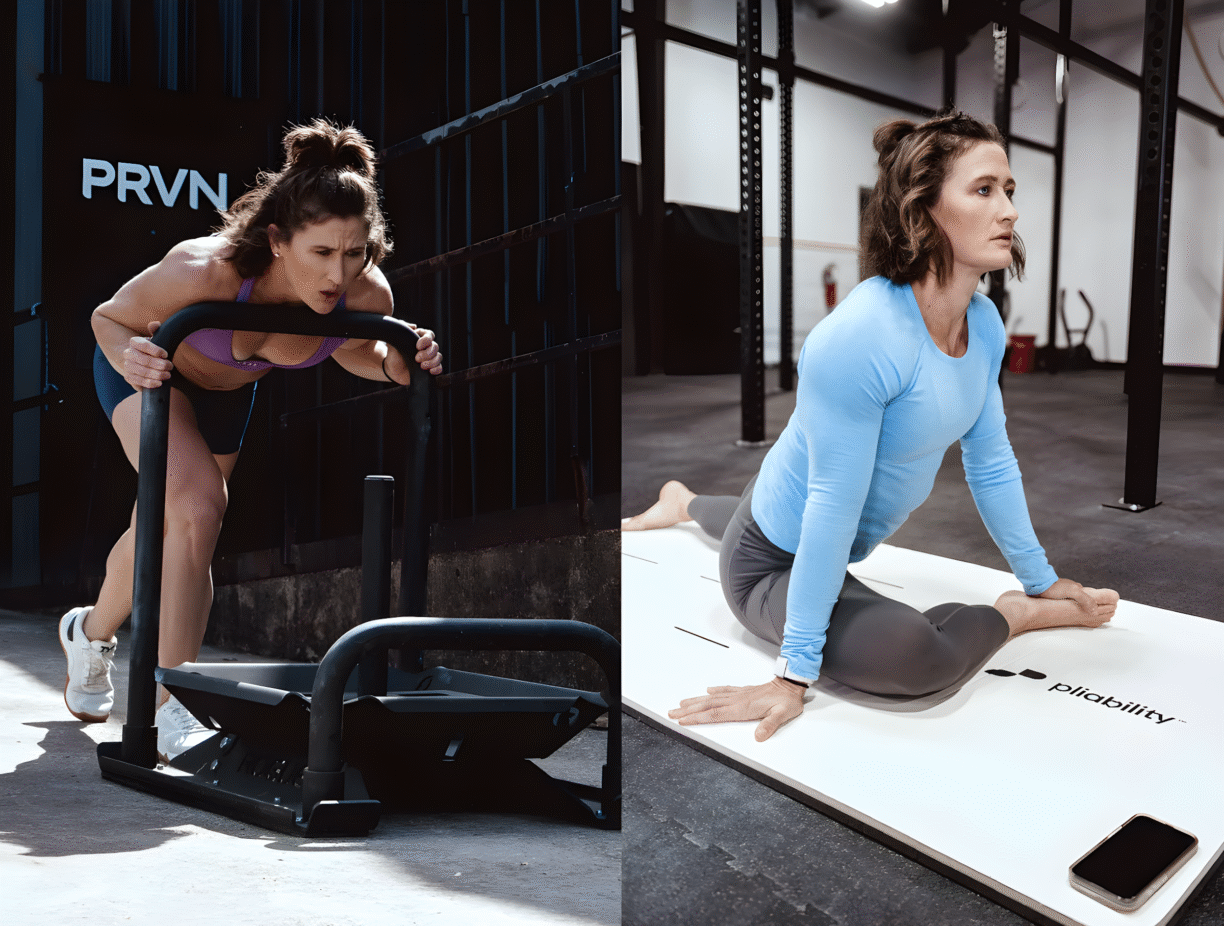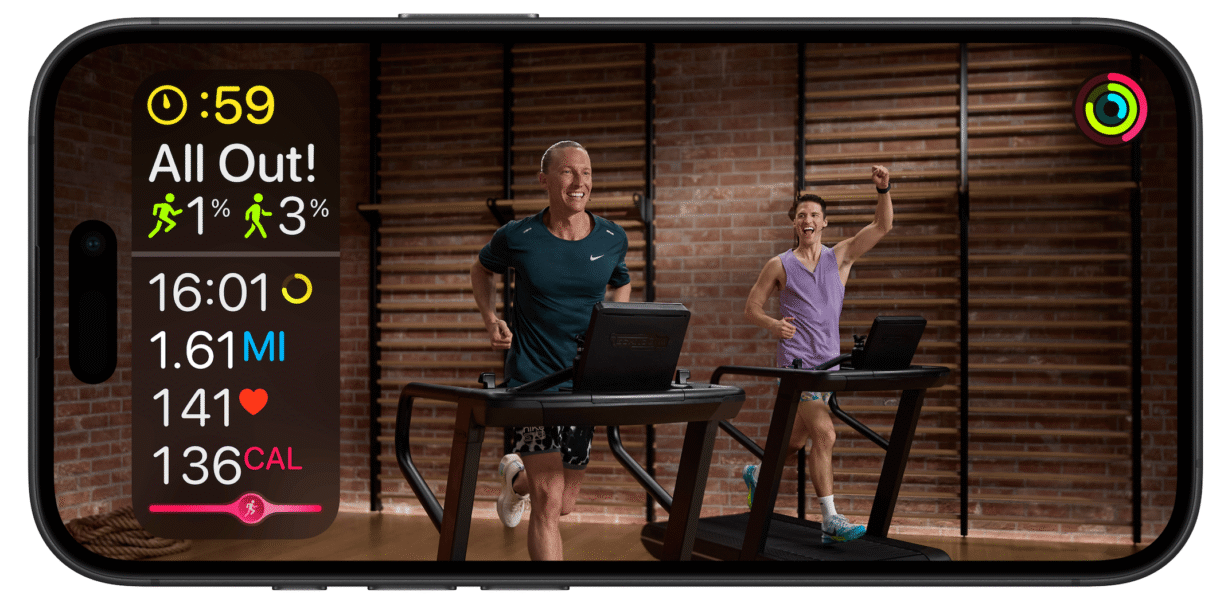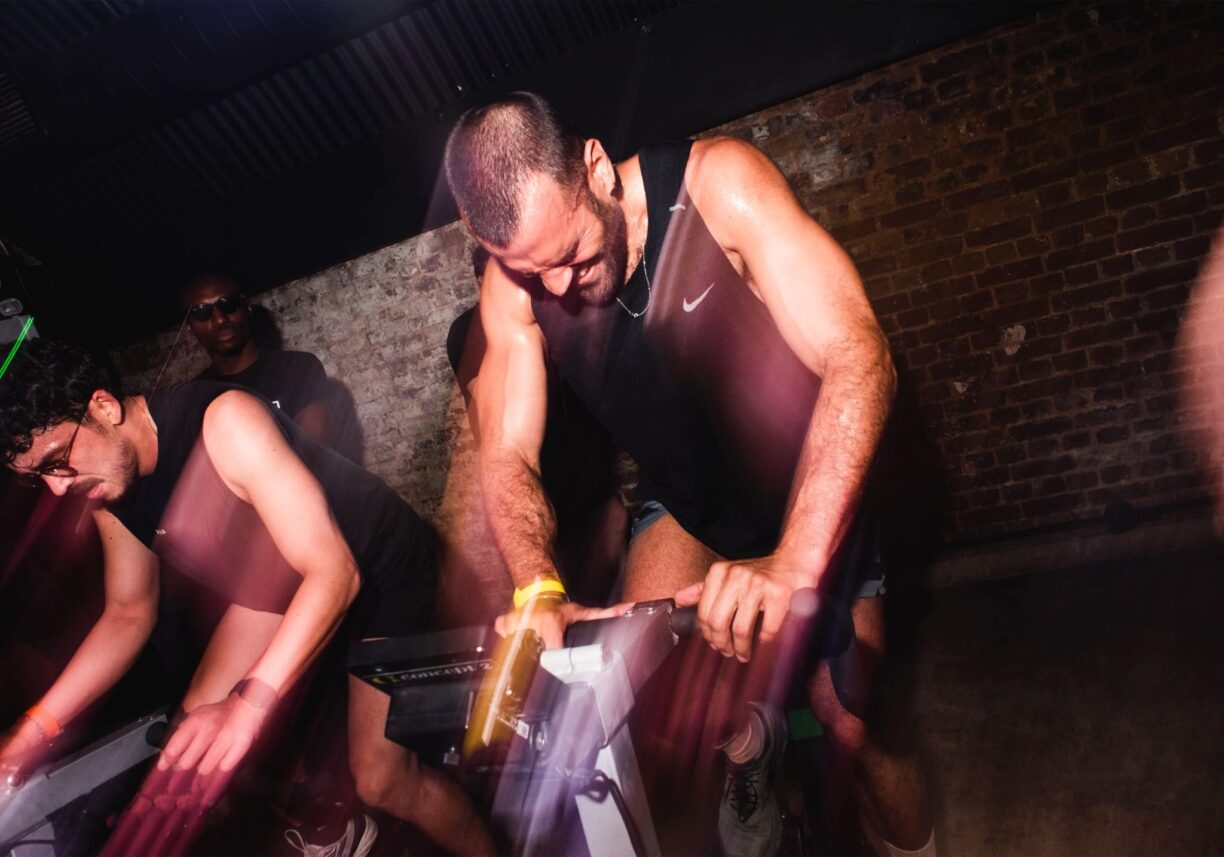By FITNESS EDITOR | UPDATED: 08:28, 07 May 2020
If you’ve managed to find the motivation to work out at home – that’s amazing! From Instagram videos, to online classes, to YouTube videos, there’s plenty of free online content to help keep you going during this time.
Though finding that motivation to exercise is a great first step, there are a few things you should do to help prepare for your home workout and prevent your risk of injury.
Nelsons arnicare has put together 6 tips to help prevent any unwanted household injuries and ensure you can exercise from home safely:
-
Proper equipment
While a lot of us have swapped jeans for leggings and shoes for slippers, gymwear and proper equipment is something you won’t want to swap out.
Make sure you’re wearing clothing that allows you to move comfortably without getting in the way. Proper footwear is also essential.
If you’re doing yoga or stretching, being barefoot will prevent you from slipping and will allow you to ground yourself properly. However, if you’re planning on doing a higher intensity workout, make sure you’re wearing trainers!
Though we know getting trainers on for a home workout may feel like extra effort, wearing them will support your ankles and absorb impact from higher intensity moves. They’ll also prevent you slipping if you’re performing any jumping movements.
2. Space
While the vast majority of us probably don’t have a home gym, finding an appropriate space to workout is important.
Try to find a 3ft diameter circle of floor space in your home and clear it if you need to so that you don’t risk knocking into anything hard. This should give you enough room to perform most home workouts. If you have an exercise mat for floor exercises, that’s great, but a folded towel or a rug can also help protect your knees when you’re on the floor.
3. Warm up
Even if you were never one to spend much time warming up, your walk to the gym probably got your muscles moving enough to get your blood flowing. But warming up is crucial, especially if you’re working out at home, as your muscles will have been static for longer.
During a workout your breathing, heart rate, blood flow, energy release and muscle usage will increase. As these adjustments don’t happen automatically, the purpose of a warmup is to encourage them to occur gradually so that you don’t start your workout at a strenuous level. By doing so, you will improve performance and reduce the risk of injury or fatigue.
Set your timer between 3-5 minutes and start warming up with some dynamic moves such as toe taps, high knees or lunges.
4. Cool down
At the end of your workout, you should spend a few minutes (at the very least) cooling down by slowing the level of activity gradually and stretching out. By doing so, your heart rate and breathing will return to a resting state and you will reduce the risk of feeling faint or dizzy (which can occur if you suddenly stop your workout, causing blood to pool in large muscles).
A proper cool-down will also initiate your muscles’ repairing process and help prevent DOMS (Delayed Onset Muscle Soreness), which usually occur after unaccustomed or strenuous exercise. Try spending 30 seconds to 1 minute on each stretch to allow you to slow down gradually.
5. Rest days
While a have a set rest day when you’re home all the time might seem a little odd, it’s important to allow your muscles to rest and recover in between workouts in order to prevent the risk of injury.
If you’d rather not sit around all day and are able to, you could go for a light walk for active recovery. However, this isn’t essential, and some gentle stretches – or even nothing at all – will help your muscles recover.
6. Find your level and track your progress
Beginning your journey at an appropriate level is one of the most important things you can do. Though you might want to jump ahead, especially with access to all different levels online, start out with a beginner level and test out how you feel. If it seems too easy for you and if you feel you could push yourself more, maybe try the next level up – it’s better to start from the bottom and work your way up than to start at a level that’s too hard for you and risk injury or discouragement.
Keeping a progress journal can also help you take things one step at a time. For example, if you’re working towards a headstand, try getting the basics down first before jumping into it: the arm positioning, working on shoulder strength, abdominal strength, and flexibility.
You can write down how you felt in journal, what you found trickier, and what you feel you need to work on. This will help you work towards that goal without risking injury.





